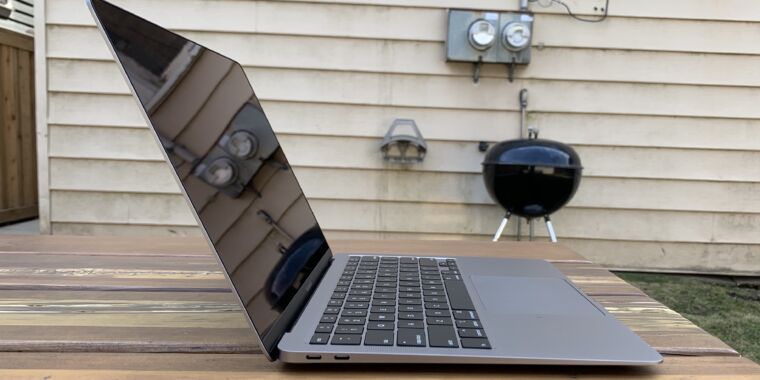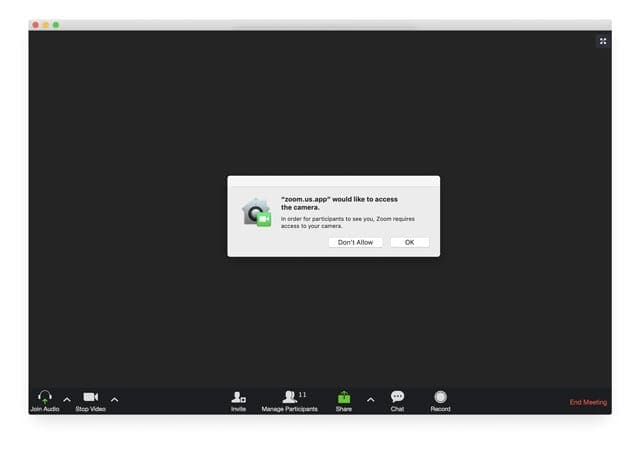

Dont Touch The Holes Mac Os Download
In rasterized video display generator systems stationary 'stripes' (like boxes) are generally indicative of either memory array (draw buffer[s]) or output array write, read or output addressing-counter failures. In such 2 dimensional flat 'table' arrays, each row and column location (and blocks of the same) is/are formed of data applied at numerical x-y addresses.
Each numerical 'x' or 'y' (row or column) range of addresses represent some vertical or horizontal 'stripe' range, as any specific 'block' represents an intersection of the coincidence of those two ranges of addressing-counter regions. The lowest numbered physical address (start) is in one corner and the highest numbered address (end) is at the diagonally opposite corner of the stored or drawn 'x-y table array'.
In a (more simply described for example) simplified base-10 example, addressing-counter numbers are generally formed/generated by some sort of a serial to parallel decoding array that reuses the 'fine' 0-10 or 0-100 (hottest, fastest, hardest-working 'fine' address-counting) counter by merely occasionally incrementally adding a 'coarse' 10-100, 100-1,000, 1,000-10,000, 10,000-100,000 (etc) 'bit' to the address-count output to get it up to the higher address-count location-range numbers. Repeating 'stripes' are thus indicative of a (repetitive) failure of the underlying 'fine' address-counting numbering decoder.
If the 'fine' (0-100 ex) decoder starts missing it's ability to generate addressing numbers, say for example, from '50-100' during each count-up sequence, then the array will be striped (empty of data) in equal stripes all the way up the range, since those array locations cannot be addressed to be read, rewritten or output.
Stripes don't indicate a failure of the display, they indicate a failure of the display's own controller/driver circuits, the GPU or the graphics card's output or the display's input/output interface.
Otherwise the failure to refresh, redraw, erase or move a moving or movable block of data like a program window or animation graphic element within it (a so-called 'sprite-block' of local image data) or deal with it's overlay-depth-priority or transparency (box-trails) is a problem in the RAM addressing, rewriting or data manipulation/flow handling of the GPU (or data or software instruction) itself.
Since modern low single voltage DRAMs don't heat up like their older progenitors 90% of these sorts of (non-defect) failures are voltage or thermal parallel addressing counter/connection related.
Dont Touch The Holes Mac Os Catalina
From reading other forums it seems that iMacs overheating is a common problem. Even when you don't get symptoms, it shortens the life of your HD and other components. I have no idea why Apple's fan settings are so off and why they don't tell people about this problem and why they make it impossible to know about or fix without 3rd party software. A macular hole is a small break in the macula, located in the center of the eye's light-sensitive retina. The macula is responsible for. MacOS Big Sur elevates the most advanced desktop operating system in the world to a new level of power and beauty. Experience Mac to the fullest with a refined new design. Enjoy the biggest Safari update ever. Discover new features for Maps and Messages. And get even more transparency around your privacy.